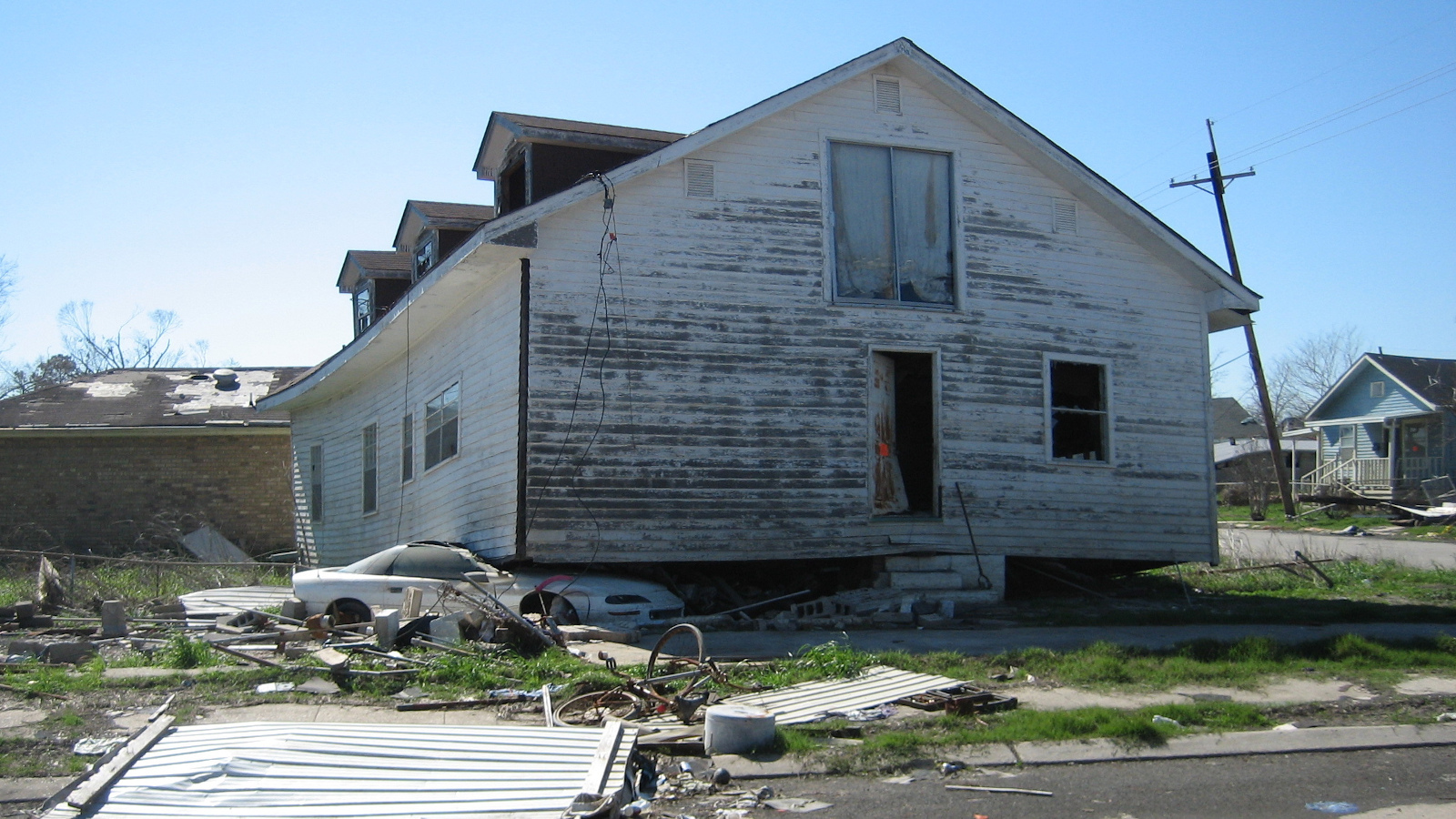
Many insurance policies don't cover mold remediation, which leaves homeowners stuck with large mitigation and renovation bills. | Adobe Stock
Homeowners may learn to their dismay that their insurance policy does not cover mold remediation, leaving them stuck with large mitigation and renovation bills.
A standard homeowner’s policy usually covers at most a named peril. If a tree crashes through your roof, a window or your siding, the damages water causes from that incident may be covered. But it will have limits, such as only paying to replace the section of carpet that was damaged by water, and not for the entire room, Bankrate reported.
Property owners need to watch out for exclusions listed on their homeowner’s policy, which often lists mold damage. The cost of a mold rider on the policy can easily pay for itself with the cost of mold removal ranging from $10 to $25 per square foot, according to Bankrate. Even if a home’s carpet gets replaced after that tree crashes through, with a mold exclusion the homeowner could face a mold remediation bill that costs thousands of dollars.
In Florida, every homeowner is encouraged to purchase flood insurance as standard policies, including the Federal Emergency Management Agency's flood insurance through its National Flood Insurance Program, don’t cover flood damage. But that flood insurance also leaves out mold damage. Flooding caused by a tropical storm or hurricane’s storm surge usually leaves homes not only damaged but filled with mold.
Another source of a mold outbreak can happen with a sewage backup, according to Bankrate. A homeowner might have paid for extra coverage for the backup, but that normally won’t cover mold outbreaks either.
None of those scenarios may be the homeowner’s fault. But a failure to fix leaking pipes that damage drywall often ends with an insurance claim being denied. Even if the homeowner has coverage for mold damage, if negligence is the cause insurers probably won’t pay for repairs.
A homeowner who has mold coverage files a claim just like a normal claim. But by acting to stop mold in its tracks, the claims adjuster will note the homeowner took responsibility to mitigate its formation, Bankrate reported.
Steps to take even before filing the claim that Bankrate suggested include: Shutting off the water to stop leaking pipes, removing anything that got soaked like carpeting and insulation, opening windows and doors for better ventilation with the use of fans to speed drying, cleaning with detergent to prevent the spread of bacteria, covering damaged areas with a tarp or other means to keep the elements outside and taking photos to record the damage.
One way to help make sure some repairs are approved on a claim is to list mold repair costs separately. Put the cost of replacing carpeting or drywall separate from mold remediation, Bankrate reported.




 Alerts Sign-up
Alerts Sign-up